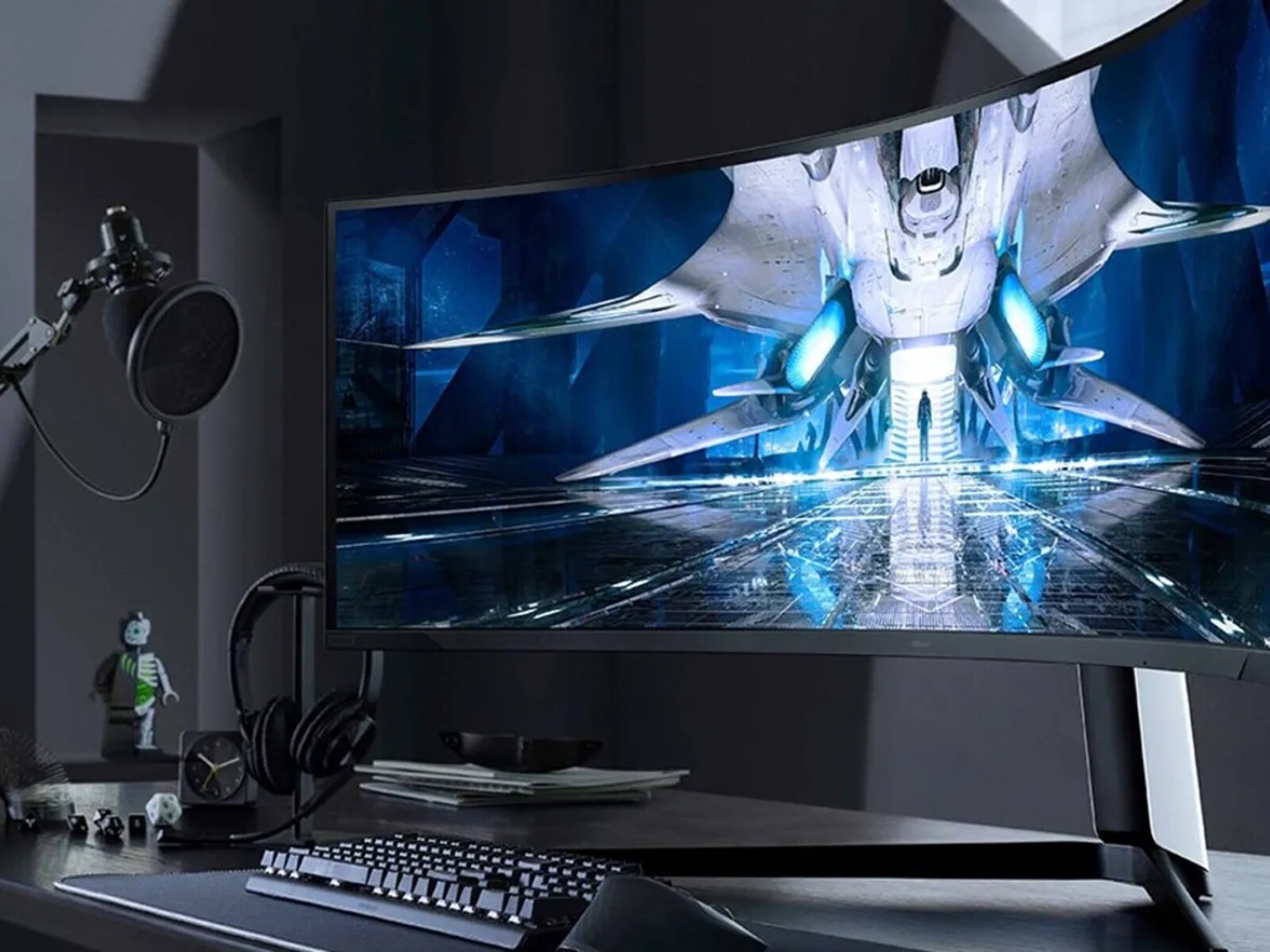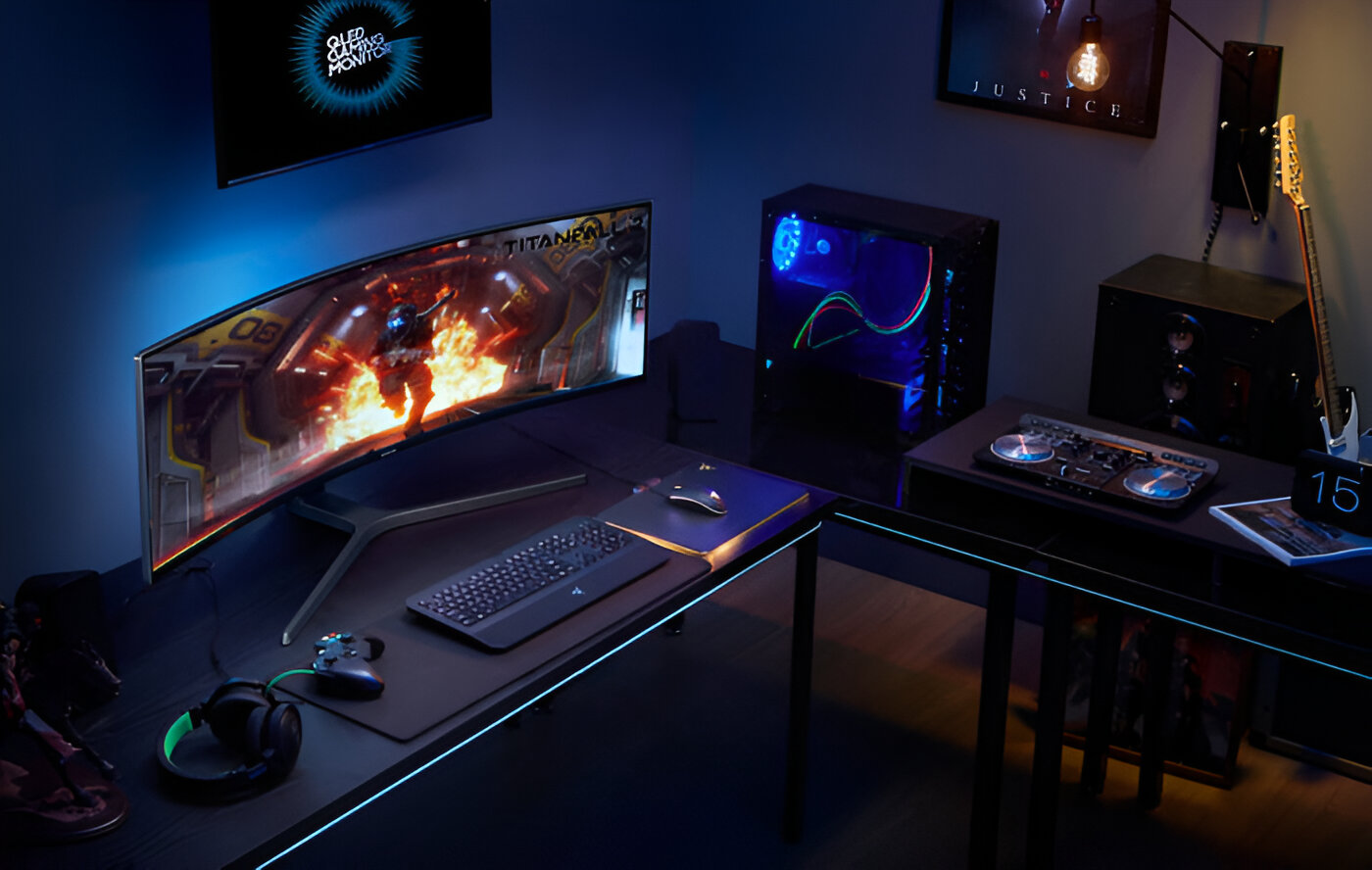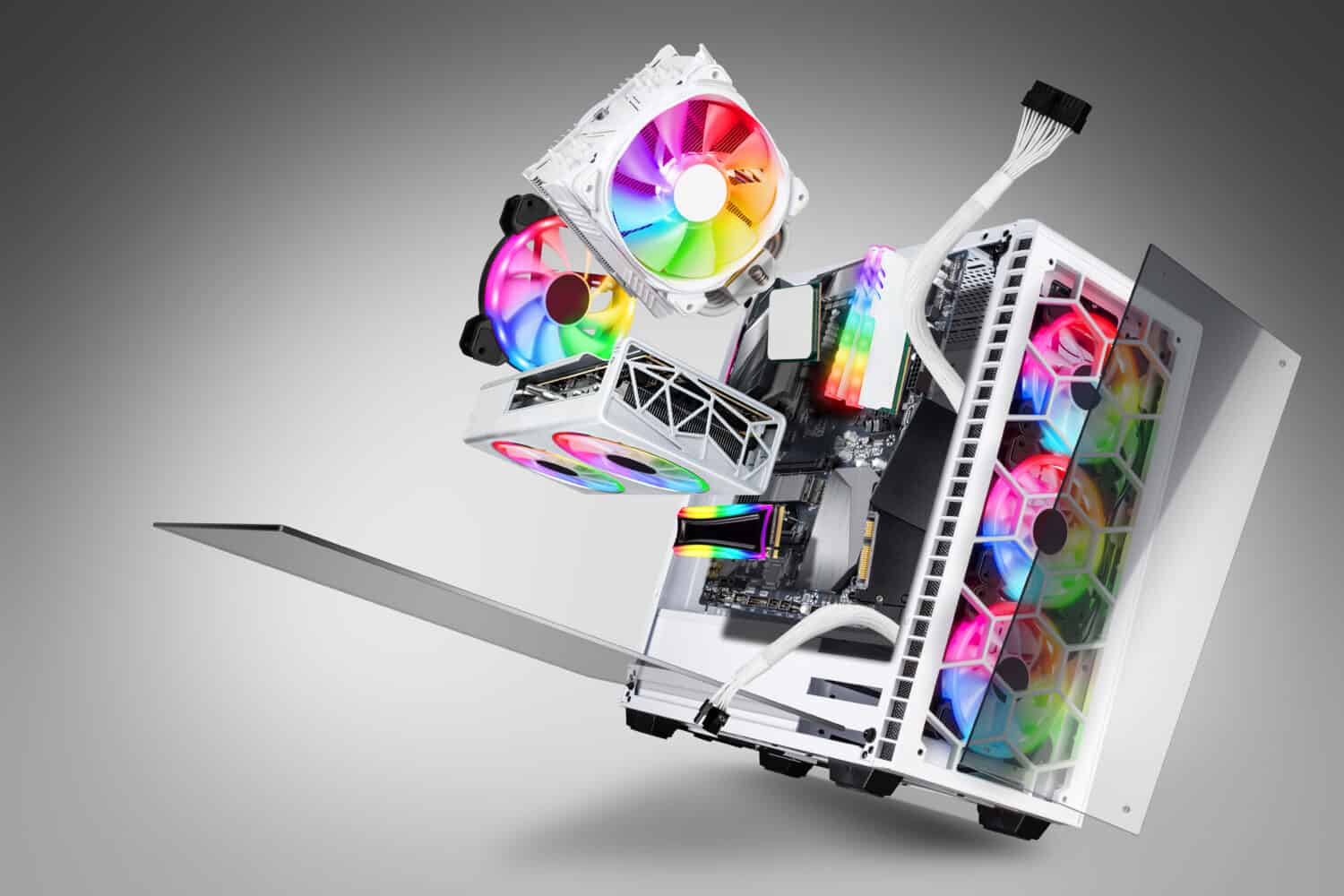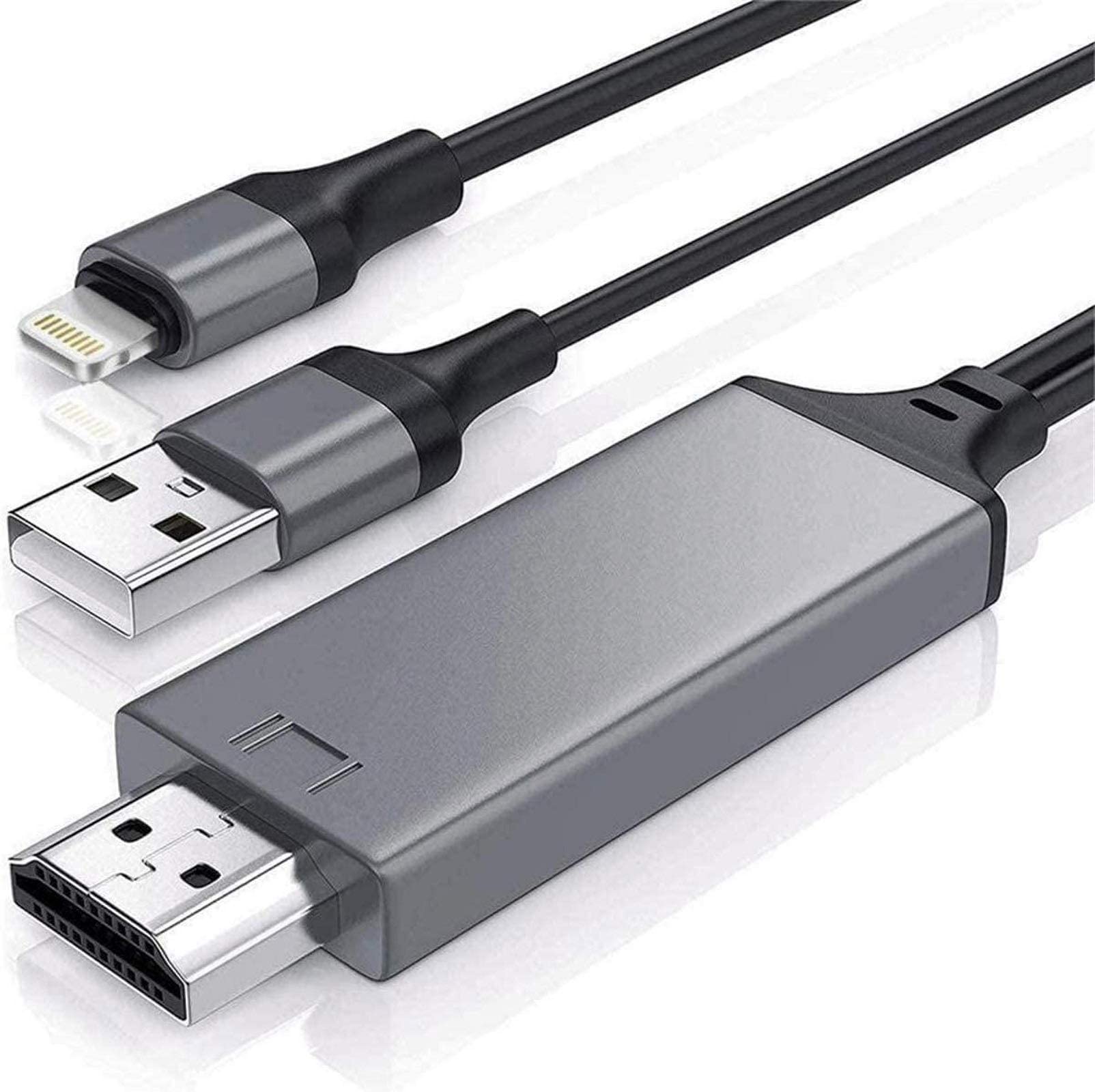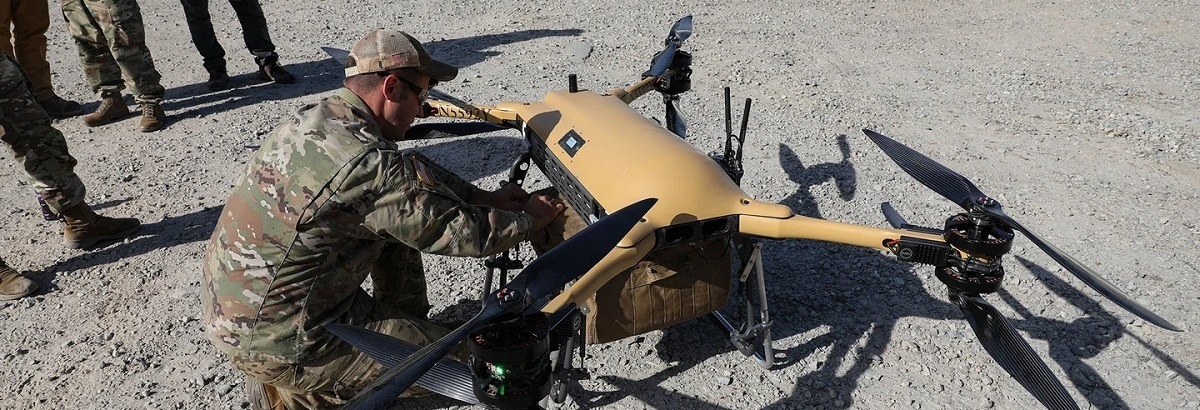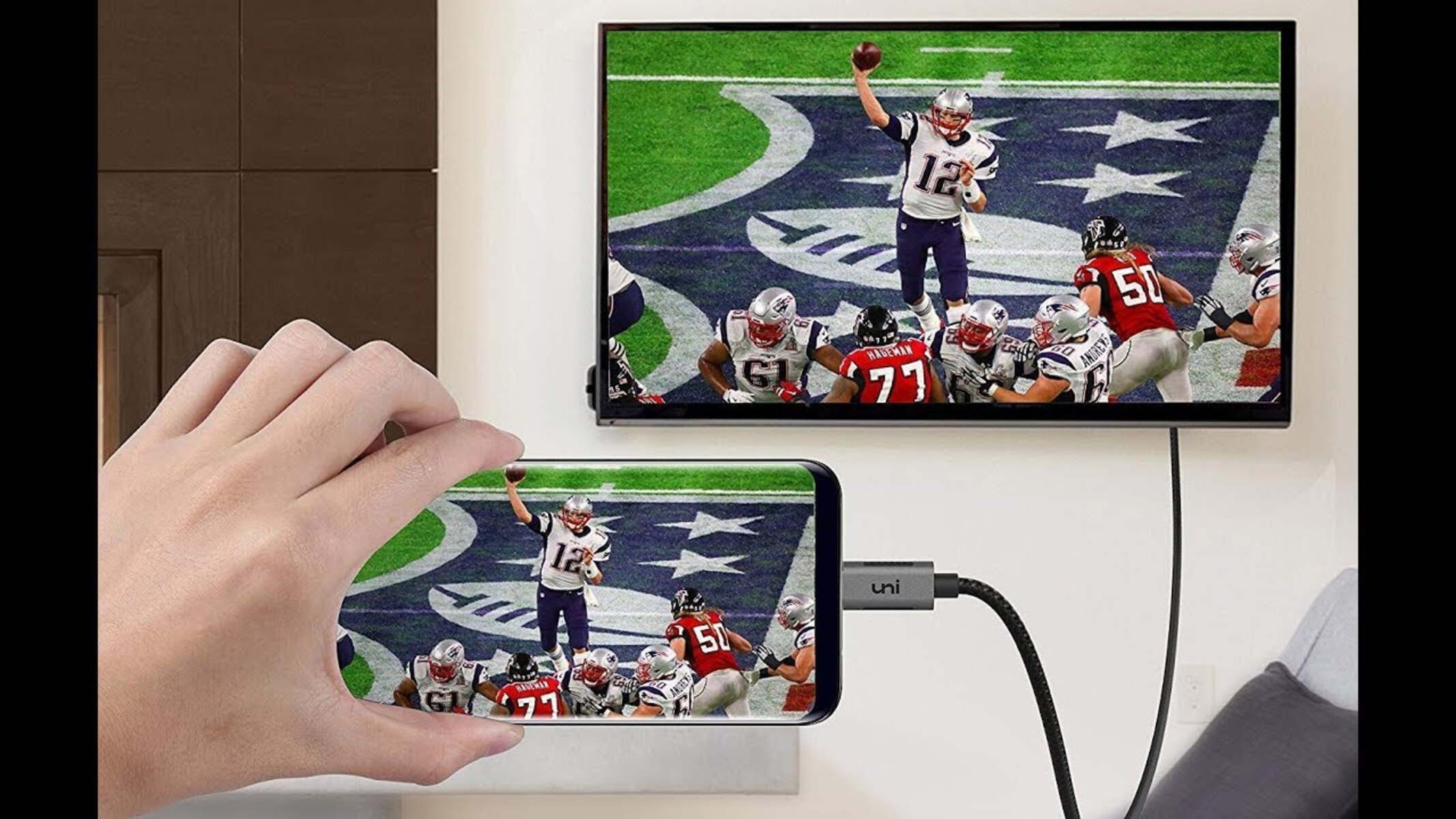Introduction
Gaming monitors come in a variety of sizes, each offering a unique viewing experience. From compact models to massive screens that dominate your desk, there is a wide range of options available for gamers to choose from. However, when deciding on the perfect size for a gaming monitor, it’s important to consider various factors to ensure an optimal gaming experience.
The size of a gaming monitor can significantly impact your gameplay, immersion, and overall enjoyment. While some gamers prefer larger screens for a more immersive experience, others may find that a smaller monitor better suits their needs. To make an informed decision, it’s essential to consider multiple factors, such as viewing distance, resolution, and personal preferences.
Choosing the right monitor size is a subjective matter that depends on several factors. One of the most crucial factors to consider is your viewing distance. If you sit close to your monitor, a larger screen could be overwhelming, leading to eye strain and discomfort. On the other hand, if you sit farther away, a smaller screen may not provide the level of detail and immersion you desire.
Another important factor to consider is the monitor’s resolution. Higher resolutions, such as 4K or ultra-wide, can provide sharper images and more detailed visuals. However, certain resolutions may not be as well-suited to larger screens, as the pixel density might not be sufficient to maintain image quality.
Personal preferences and gaming habits also play a significant role in determining the ideal monitor size. For competitive gamers who need a fast and responsive gaming experience, a smaller and faster refresh rate monitor can be advantageous. On the other hand, gamers who prioritize immersion and cinematic experiences may prefer larger monitors that offer a wider field of view.
When considering the size of a gaming monitor, it’s essential to strike a balance between immersion and practicality. While a large, widescreen monitor may provide an immersive gaming experience, it may not be ideal for gamers with limited desk space or for those who also use their monitors for productivity tasks.
In the following sections, we will explore the ideal sizes for different gaming setups, the potential drawbacks of larger gaming monitors, and other considerations to keep in mind when purchasing a gaming monitor.
Factors to Consider
When determining the ideal size for a gaming monitor, several factors come into play. Understanding these factors will help you make an informed decision that aligns with your gaming needs and preferences.
1. Viewing Distance: Consider the distance between your eyes and the screen. For gamers who sit close to their monitors, a larger size might result in a more immersive experience. However, if you sit farther away, a smaller monitor could be a better fit, as it won’t strain your eyes or require constant head movements.
2. Resolution: The resolution of a monitor determines the level of detail and clarity in the displayed images. Higher resolutions, such as 4K or ultra-wide, are best suited for larger screens, as they maintain image quality and sharpness. For smaller screens, a 1080p resolution might be sufficient.
3. Refresh Rate: The refresh rate of a monitor affects how smoothly and rapidly the screen can display images. Competitive gamers often prefer higher refresh rates (usually 144Hz or above) to ensure a responsive gaming experience. Consider your gaming style and prioritize a higher refresh rate if you value speed and responsiveness.
4. Gaming Setup and Desk Space: Evaluate the available desk space and how the monitor fits within your gaming setup. A larger monitor requires more desk real estate, so measure the dimensions of your desk and consider your other gaming peripherals. Ensure that the monitor size allows for comfortable gameplay without overcrowding your workspace.
5. Aspect Ratio: The aspect ratio determines the width and height of the screen. Traditional monitors typically have a 16:9 aspect ratio, while ultra-wide monitors offer a wider field of view with a 21:9 ratio. Consider your gaming preferences and the types of games you play. Some games may be better suited for a wider or narrower screen.
6. Budget: Monitor sizes can vary significantly in terms of price. Consider your budget and prioritize features that are important to your gaming experience. Remember that a larger monitor may incur additional costs for higher resolutions, faster refresh rates, and other premium features.
By carefully considering these factors, you can choose a gaming monitor size that enhances your gaming experience and aligns with your preferences and constraints.
The Ideal Size for Different Gaming Setups
The ideal size of a gaming monitor can vary depending on your gaming setup and the type of experience you want to achieve. Here are some recommendations based on different gaming setups:
1. Casual Gaming or Small Desk Space: If you have limited desk space or primarily engage in casual gaming, a monitor size between 21 to 24 inches is generally sufficient. This size strikes a good balance between immersion and practicality, providing a clear view without overwhelming your space.
2. Competitive Gaming or Esports: For competitive gaming, where quick reflexes and precision are crucial, a smaller monitor size of 24 to 27 inches is often preferred. The smaller size allows for better focus and reduces the need for excessive head movement, enhancing your reaction time and accuracy in fast-paced games.
3. Immersive Gaming or Cinematic Experience: If you want to immerse yourself in the expansive worlds of your favorite games or enjoy a cinematic gaming experience, larger monitor sizes between 27 to 32 inches are recommended. The larger screen provides a more encompassing view, enhancing the sense of immersion and making visually stunning games truly come to life.
4. Multi-Monitor Setups: If you have the space and budget, using multiple monitors can enhance your gaming setup. For multi-monitor setups, the ideal size will depend on the number of monitors you plan to use and how they will be arranged. Generally, a combination of medium-sized monitors, such as 24 inches, is popular for multi-monitor setups, allowing for a seamless transition between screens without straining your peripheral vision.
Ultimately, the ideal monitor size for your gaming setup will depend on your personal preferences, gaming style, and available space. It’s essential to strike a balance between size, functionality, and practicality to ensure an enjoyable gaming experience.
Remember, these are general recommendations, and what works best for you may vary. It’s always a good idea to visit a physical store or read reviews to get a hands-on experience and gather insights from other gamers who have similar setups or preferences.
Potential Drawbacks of a Larger Gaming Monitor
While a larger gaming monitor can offer numerous benefits, it’s essential to consider potential drawbacks before making a decision.
1. Cost: Larger gaming monitors generally come with a higher price tag. The larger screen size, higher resolution, and advanced features can significantly increase the cost. If you’re on a tight budget, a larger monitor may not be the most economical choice.
2. Desk Space: Larger monitors require more desk space to accommodate their size. If you have limited desk real estate, a larger monitor can make your setup feel cramped. Make sure to measure your available space and consider the monitor’s dimensions before making a purchase.
3. Viewing Distance: While a larger monitor can provide a more immersive gaming experience, it may not be suitable for everyone’s viewing distance. If you sit too close to a large screen, you may find it overwhelming and strain your eyes. Consider your preferred viewing distance and ensure it aligns with the chosen monitor size.
4. Pixel Density: As monitor size increases, pixel density can decrease, especially if the resolution remains the same. Lower pixel density can result in less sharp and detailed images. If you opt for a larger monitor, ensure the resolution is appropriate to maintain good image quality and clarity.
5. Power Consumption: Larger gaming monitors tend to consume more power compared to their smaller counterparts. This can lead to higher energy costs and potentially impact the overall environmental footprint. Take into account the energy consumption of the monitor when considering a larger size.
6. Compatibility: Some games, applications, or operating systems may not be optimized for larger resolutions or aspect ratios. This can result in compatibility issues, with certain elements being displayed incorrectly or stretched out. Research the compatibility of your favorite games or applications with larger monitors before making a purchase.
It’s important to carefully weigh these potential drawbacks against the benefits of a larger gaming monitor. Consider your specific needs, budget, and gaming preferences to determine whether a larger screen size is the right choice for you.
Other Considerations When Buying a Gaming Monitor
Aside from size, there are several other important factors to consider when purchasing a gaming monitor. These additional considerations can further enhance your gaming experience and ensure you get the most out of your investment.
1. Response Time: The response time of a monitor determines how quickly it can change from one color to another. For fast-paced gaming, a lower response time (usually measured in milliseconds) is desirable to prevent motion blur and ghosting. Look for monitors with a response time of 5ms or lower for optimal gaming performance.
2. Refresh Rate: The refresh rate refers to how many times the monitor refreshes the image per second. A higher refresh rate, such as 144Hz or 240Hz, provides smoother gameplay and reduces motion blur. Consider your gaming preferences and the capabilities of your gaming setup when choosing a monitor with an appropriate refresh rate.
3. Panel Type: Different panel types, such as TN (Twisted Nematic), IPS (In-Plane Switching), and VA (Vertical Alignment), offer varying levels of color accuracy, viewing angles, and response times. TN panels generally provide faster response times, while IPS panels offer wider viewing angles and better color reproduction. Consider what elements are most important to you in terms of panel type.
4. Connectivity: Ensure that the gaming monitor has the necessary ports and connectivity options to connect to your gaming devices. Common connections include HDMI, DisplayPort, and DVI. Additionally, if you plan to connect multiple devices or use the monitor for other purposes, consider whether it has sufficient inputs and outputs.
5. Adjustable Stand and VESA Mount Compatibility: An adjustable stand allows you to position the monitor at the most comfortable and ergonomic angle. Look for monitors with height, tilt, and swivel adjustments. Compatibility with a VESA mount can also provide additional versatility, allowing you to mount the monitor on a wall or desk arm.
6. G-Sync or FreeSync Support: If you have an NVIDIA graphics card, look for monitors that support G-Sync technology. For AMD graphics card users, look for monitors with FreeSync support. These technologies help to synchronize the monitor’s refresh rate with the graphics card, reducing screen tearing and providing a smoother gaming experience.
7. Warranty and Customer Support: Consider the warranty provided by the manufacturer. A longer warranty period can provide peace of mind and protection for your investment. Additionally, research customer support experiences and reviews to ensure prompt and reliable assistance in case of any issues or inquiries.
By taking these factors into account, you can make an informed decision when purchasing a gaming monitor that aligns with your needs and preferences, ultimately enhancing your gaming experience.
Conclusion
Choosing the right size for a gaming monitor is a crucial decision that can significantly impact your gaming experience. It’s important to consider various factors, including viewing distance, resolution, refresh rate, and personal preferences, when making a selection.
For gamers with limited desk space or primarily engaging in casual gaming, a monitor size between 21 to 24 inches is generally sufficient. Competitive gamers often prefer smaller sizes of 24 to 27 inches for better focus and quick reaction times. On the other hand, those seeking an immersive experience and cinematic gameplay may opt for larger sizes between 27 to 32 inches.
While larger gaming monitors offer benefits such as a more immersive experience, better visibility, and enhanced detail, there are potential drawbacks to consider. These include increased cost, requirements for more desk space, potential pixel density issues, higher power consumption, and compatibility concerns.
In addition to size, it’s crucial to consider other factors when purchasing a gaming monitor. These include response time, refresh rate, panel type, connectivity options, adjustable stand, G-Sync or FreeSync support, as well as warranty and customer support.
Ultimately, the ideal size for a gaming monitor will vary depending on individual preferences, gaming setups, and specific requirements. It’s recommended to test and compare different sizes and features before making a final decision. Consulting reviews, seeking advice from other gamers, and considering personal comfort and budget constraints are all essential in finding the perfect gaming monitor.
By carefully evaluating these factors and making an informed decision, you can select a gaming monitor size that enhances your gaming experience, immerses you in virtual worlds, and provides countless hours of enjoyment.







